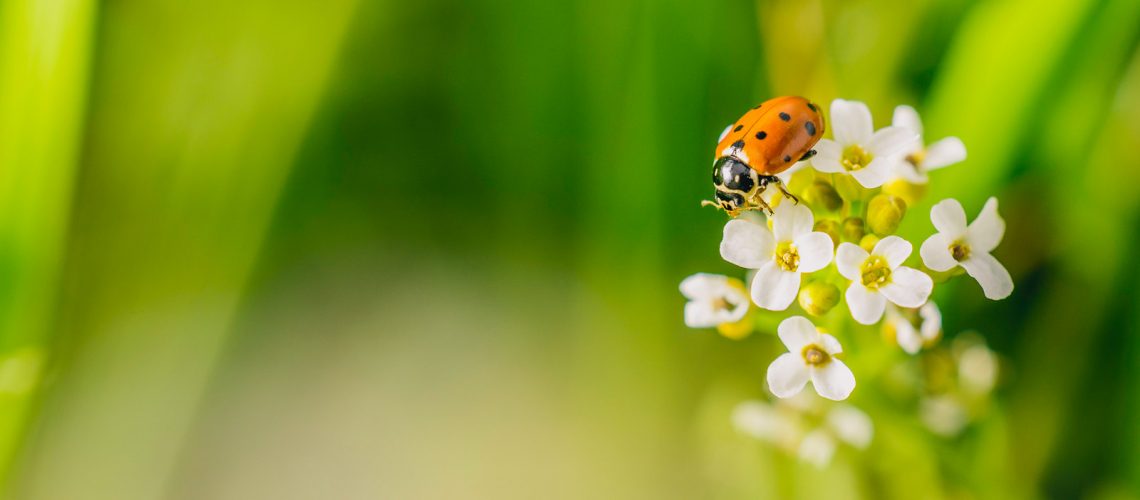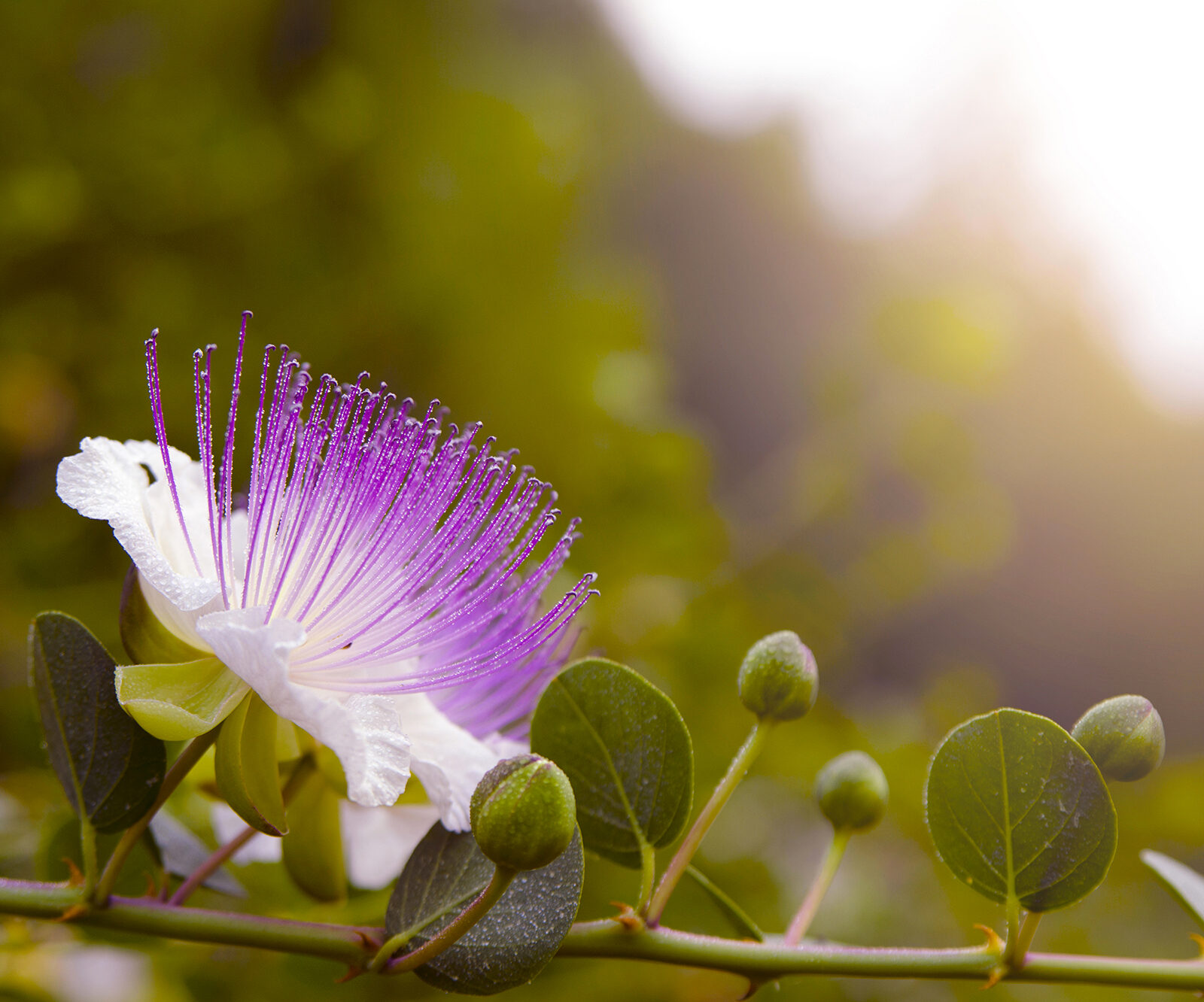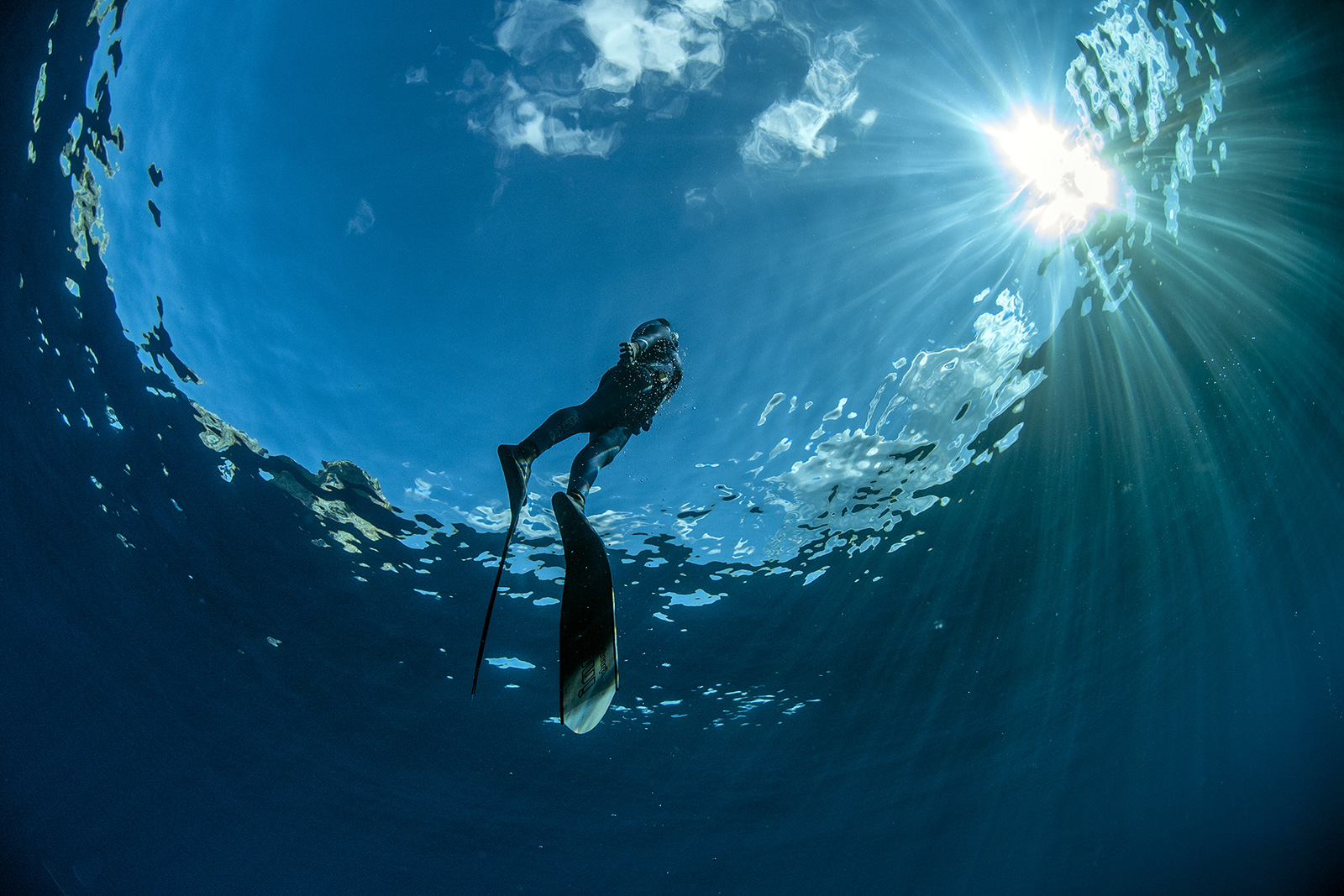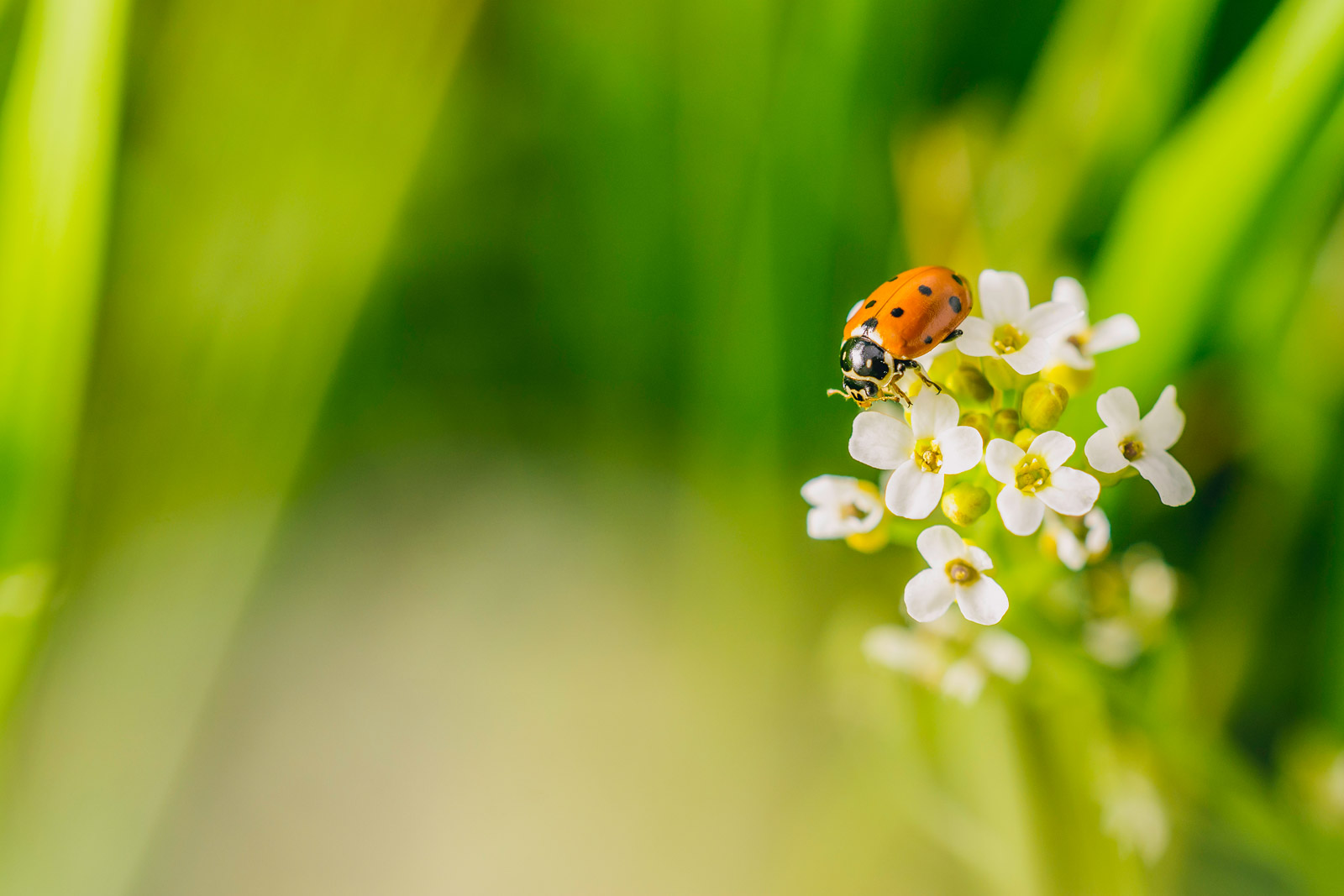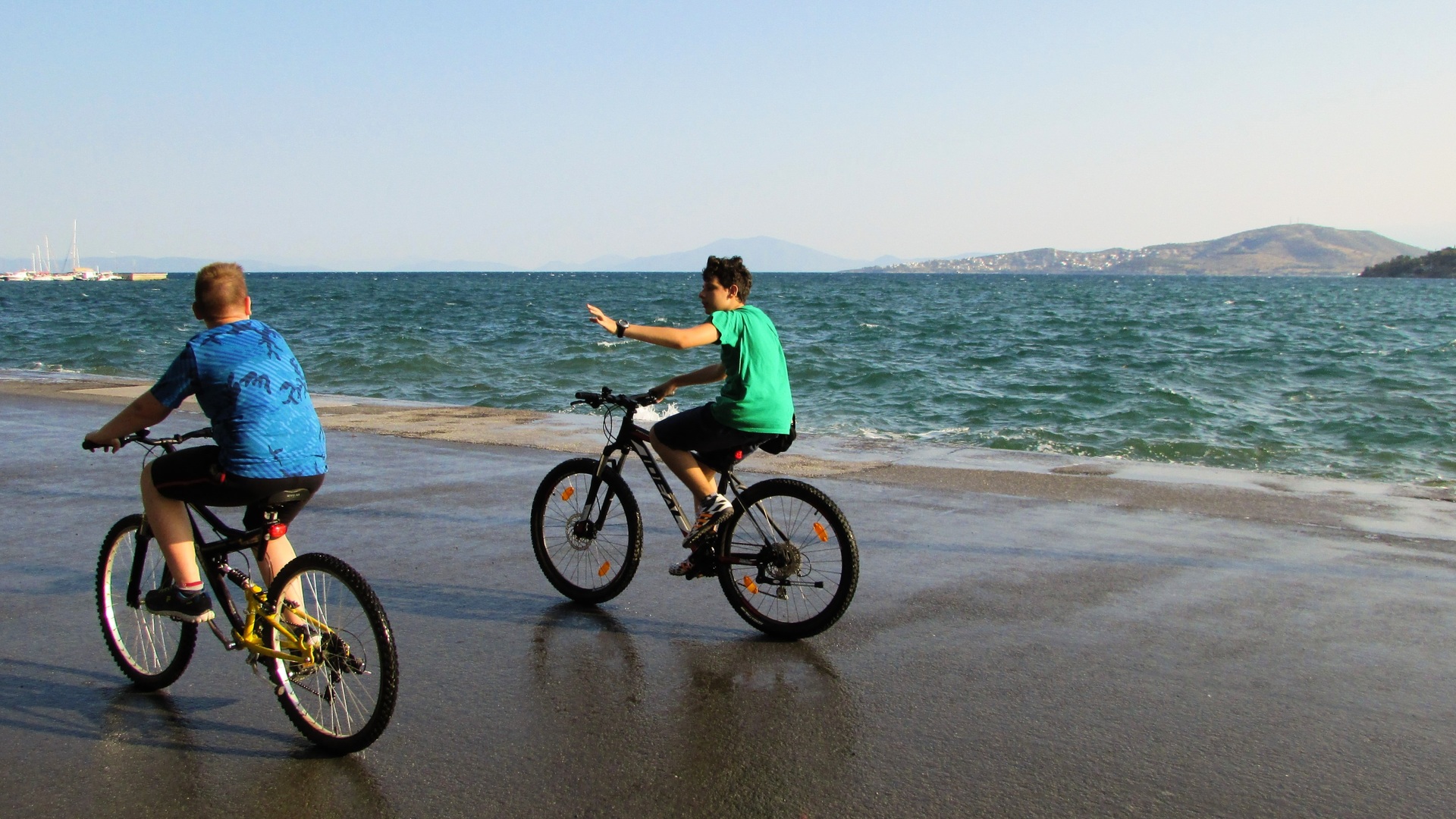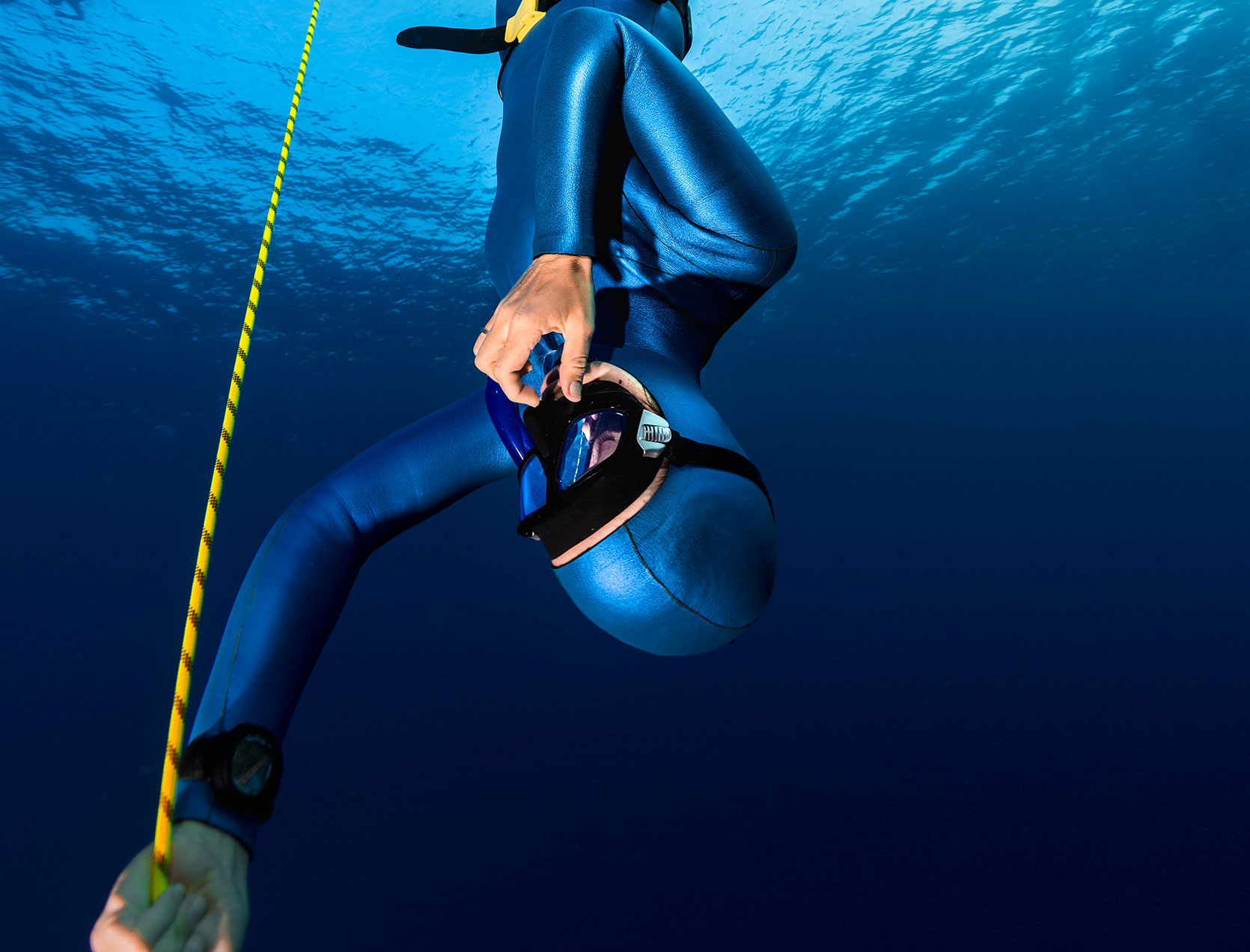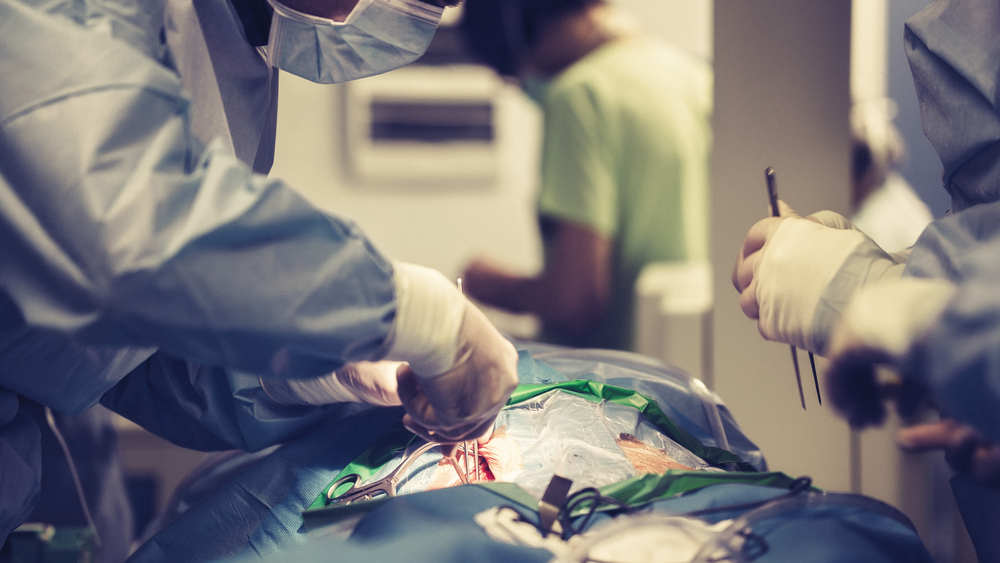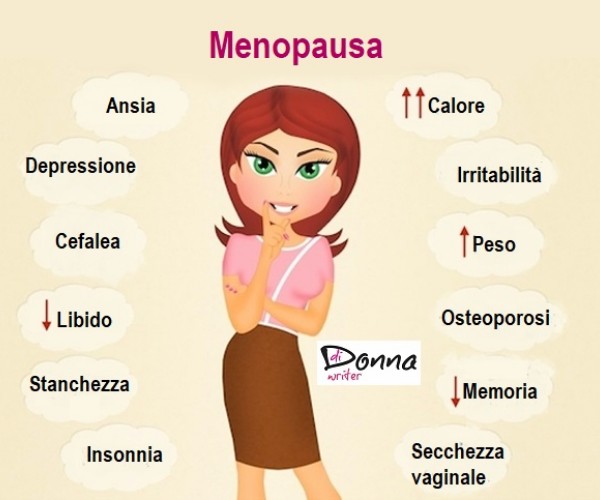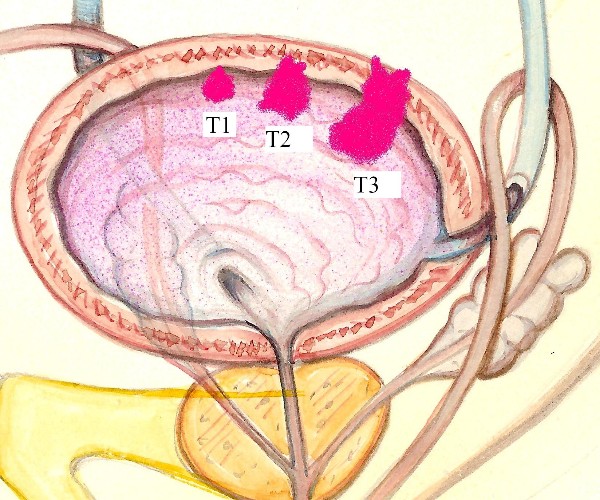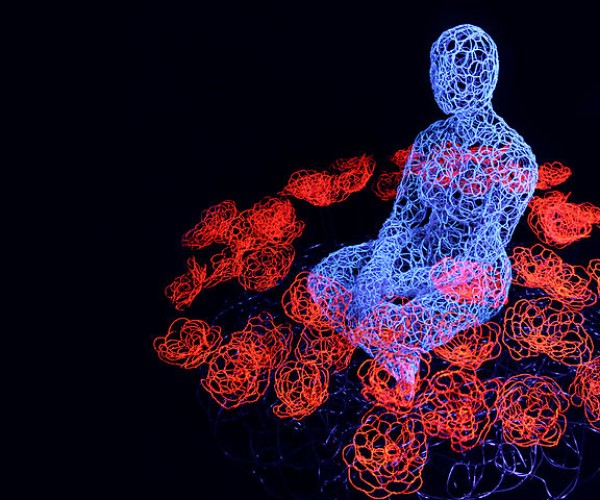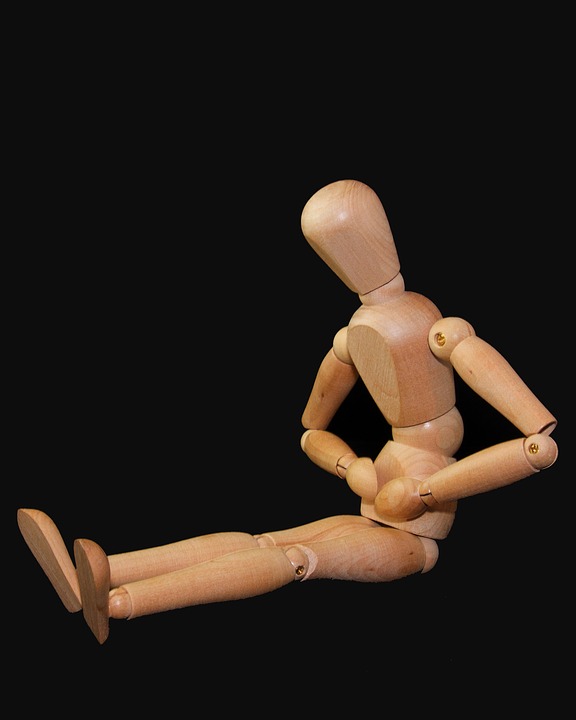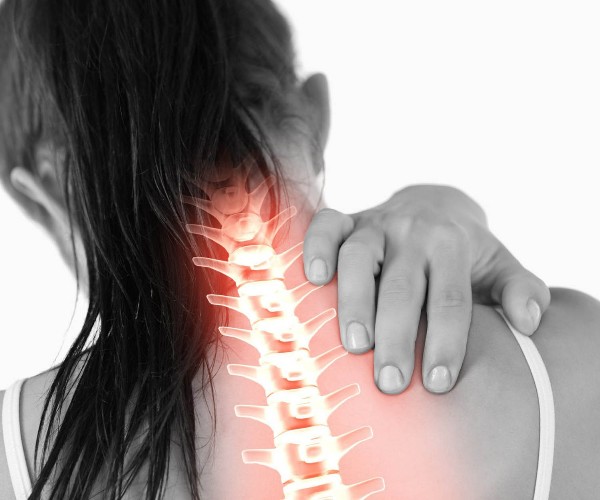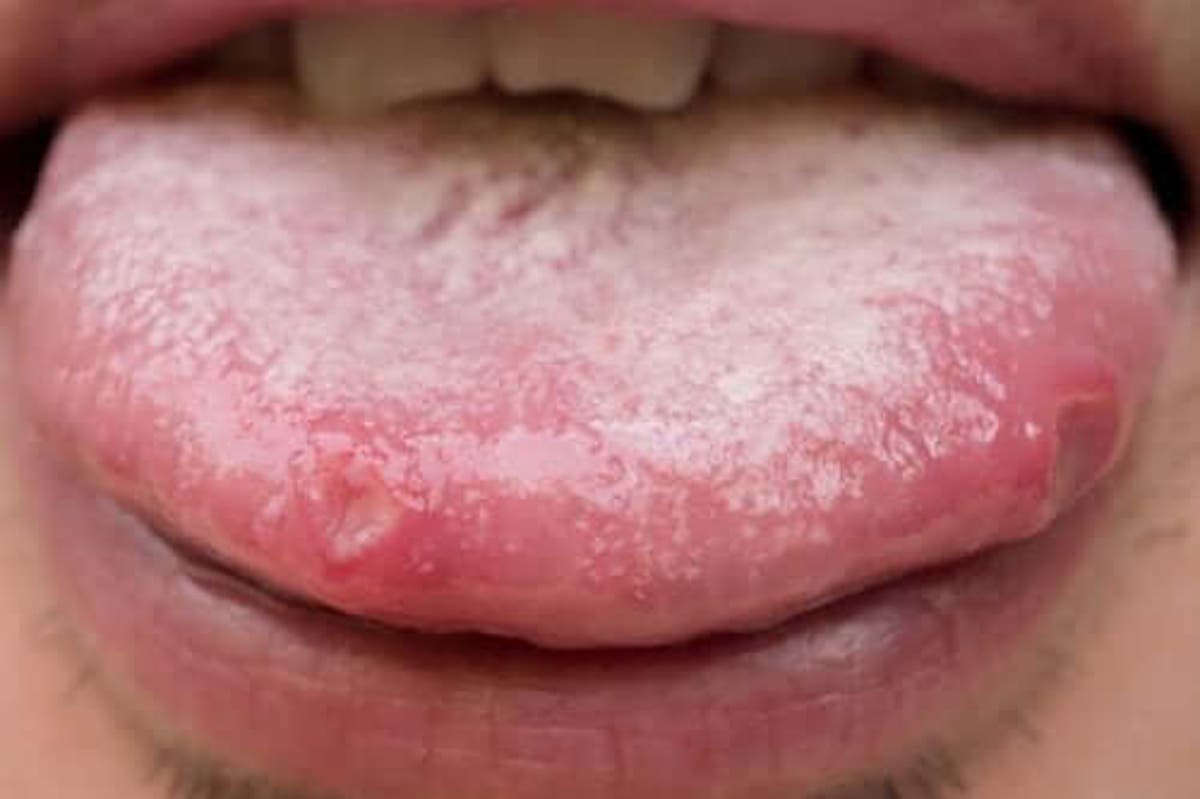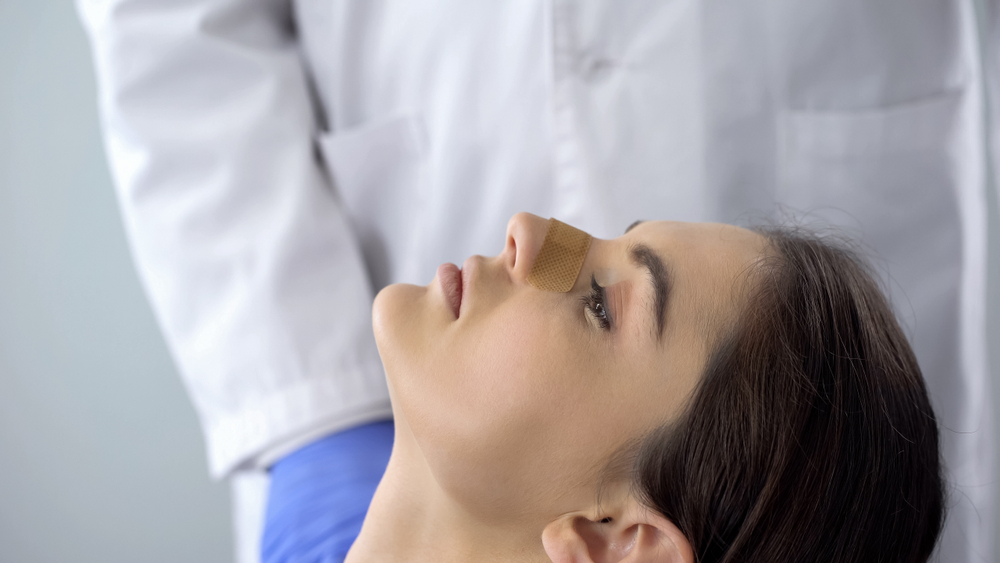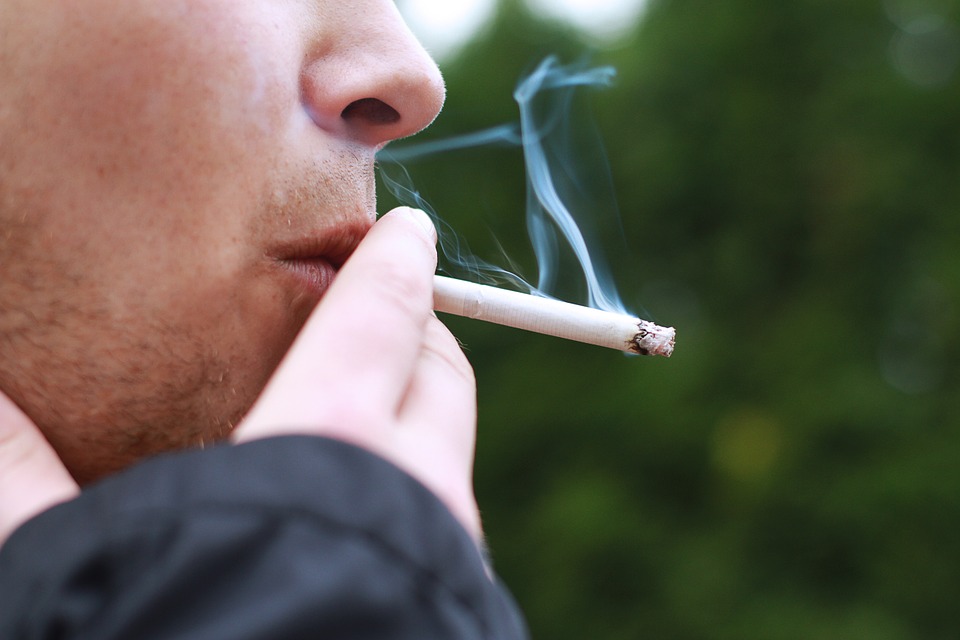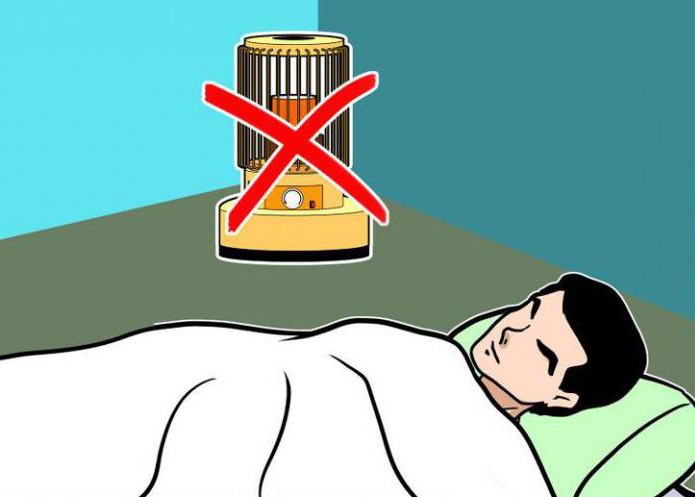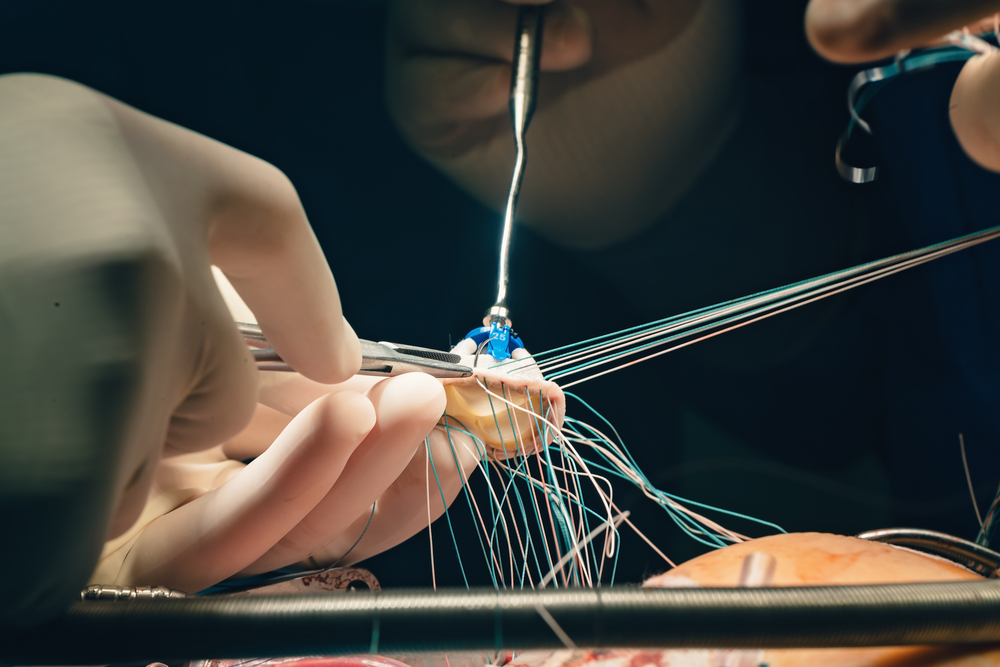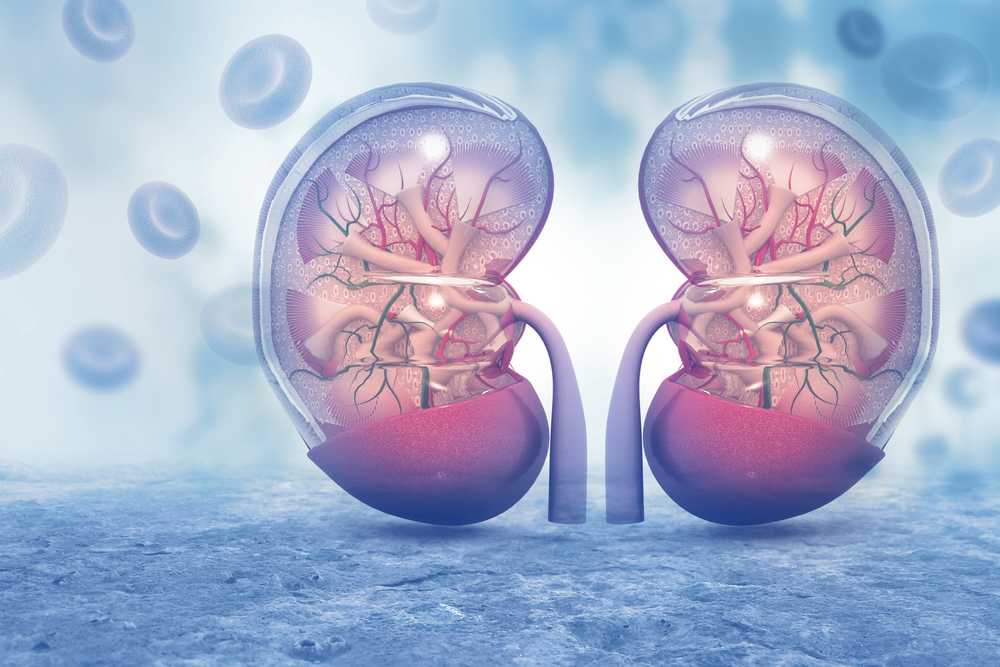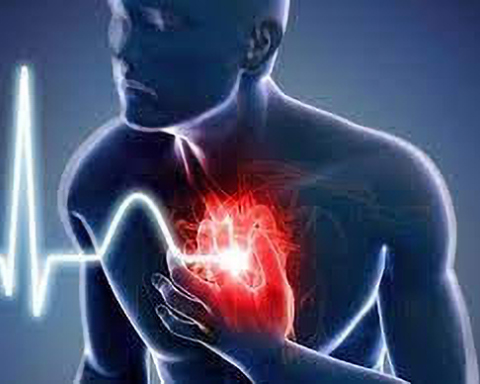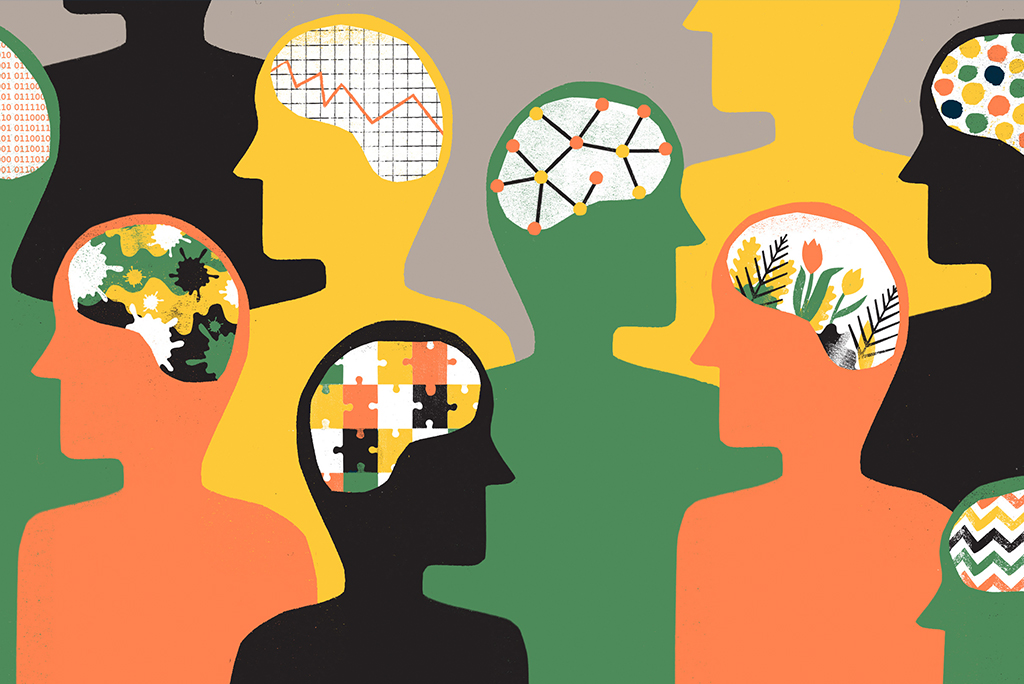Today’s extant plant forms reflect a complex evolutionary “work” that has taken place over more than 400 million years, during which plants have deployed cunning strategies to be able to adapt to various types of environments, managing to survive and reproduce even in the most climatically severe places. But life began in the water…
Every living organism on this planet has an aquatic past, and even plants began their journey to the landmasses timidly, appearing out of the water when they were still modest algae, simple but daring: for they were able to withstand continuous and alternating surfacing and diving by adapting to a life “amphibious“.
Slowly, the land was inhabited by slender seedlings that shared their territory with more robust and overbearing species; evolution shaped these ancient creatures, which moved further and further toward the dry land until they colonized it, first in the areas adjoining freshwater bodies of water, later penetrating to the innermost spaces where water was entirely absent.
These “shifts,” which occurred over millions of years, shaped the plant organisms of yesteryear “transforming” them slowly into the various forms that populate our planet today, from the low and reserved mosses, still bound to the wettest environments, to the tall and superb trees that with their sophisticated woody stems pushed their green foliage ever higher.
Tree plants without flowers, the gymnosperms, and those with flowers, the angiosperms, were differentiated.
That of the flower was indeed a brilliant invention, but let’s take a step back in time. The first problem to be faced, once land was conquered, was to retain the water that was no longer so readily available on land. Cutin, a hydrophobic waxy substance, served to waterproof the outermost tissues of plants, thus helping them retain water inside.
Another problem was that of having to stand! Out of the water they lacked the buoyancy that previously allowed them to float: something had to be invented to be self-sustaining, and lignin, a complex organic polymer, was “patented” by plants to solve this very problem: by impregnating plant tissues, it made them rigid and strong.
In doing so, plants not only conquered dry land and thus more and more space and resources but also began to grow taller in order to better reach the sunlight. This resulted in the need to develop a sophisticated system for conducting the lymph, the xylem and phloem tissues, which could now be transported dozens of meters!
But back to the angiosperms: appearing around 130 million years ago (according to some studies even older), they had an evolutionary enlightenment with the invention of the flower and with it established an alliance with the animal kingdom that endures to this day in the most creative and curious forms.







Insects, attracted by the colors and smells of the flowers, settled on them allowing pollination and thus fertilization: that was it, plants had found a way to reproduce by investing very few energy resources, no more pollen wasted in the wind, millions of pollen grains scattered who knows where. With the help of insects, plants made sure that their genes ended up in the right place and their species perpetuated on the earth.
A long journey that of plants, no doubt about it, a journey still in progress that looks toward the future in the conquest of ever more distant destinations and spaces, through space orbiting stations, where some plant species are being tested in order to perhaps one day take root on the soil of other planets.





